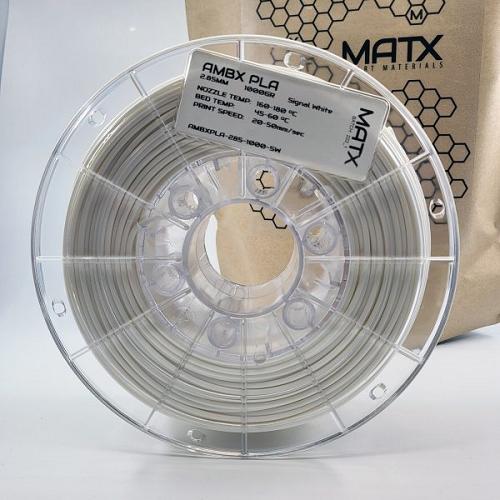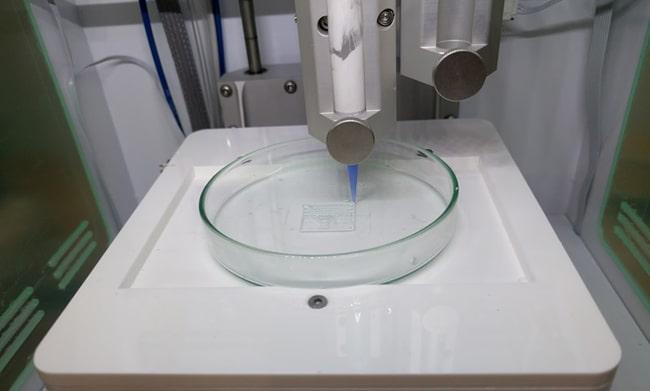
“No other application field showcases more the classic advantages of 3D printing, such as individualization or design freedom, than medical technology,” says Marc Knebel, Head of Medical Systems at Evonik.
Evonik is a specialty chemical company developing biomaterials that serve as metal-free alternatives to traditional bone implants. Evonik’s VESTAKEEP product line includes an osteoconductive polyether ether ketone (PEEK) – a biostable polymer having similar mechanical properties to the human bone, which promotes osteointegration. According to Evonik, combining the PEEK material with the functional additive biphasic calcium phosphate (BCP) accelerates fusion at the bone-implant boundary, allowing bone cells to adhere to the implant more quickly. Unlike traditional titanium implants, Evonik claims that its PEEK-based polymer does not produce any unwanted artifacts in medical imaging processes such as X-ray or MRI. Further, Evonik indicates that the BCP additive provides a natural shadow allowing for accurate implant placement and observation of the fusion process.

Evonik is now set to add a new 3D-printable version of the osteoconductive PEEK material to their Fusion product line. The VESTAKEEP iC4800 3DF PEEK filament can be processed using the common extrusion-based 3D printing technology known as fused filament fabrication (FFF), in which a 3D printer releases a raw material out of a nozzle or orifice to build an object layer by layer. The PEEK filament, which has a diameter of 1.75 mm, is wound onto 250- or 500-gram spools suited for standard FFF 3D printers. Evonik reports that customer feedback and tests carried out on various 3D printers confirm the processability of the new filament.
Further, Evonik indicates that this osteoconductive filament is specially designed such that the functional additives are available directly on the surface of the 3D printed implant without film formation. This eliminates the need for additional post-processing steps, which Evonik touts as a novelty for osteo-integrative PEEK biomaterials.
The original VESTAKEEP Fusion product is available in granulate form and capable of being milled, compression molded, extruded and injection molded. The addition of this 3D printable filament expands the range of applications for osteoconductive implants even further, and allows for easier and improved customization of implants for patients.
Evonik plans to present the new product for the first time at the American Academy of Orthopaedic Surgeons (AAOS) trade show in Chicago later this month (March 2022).